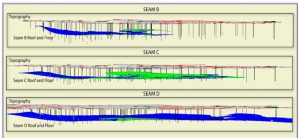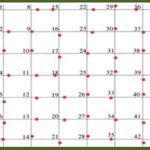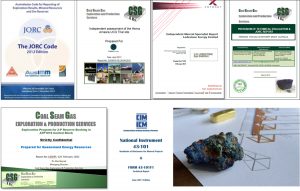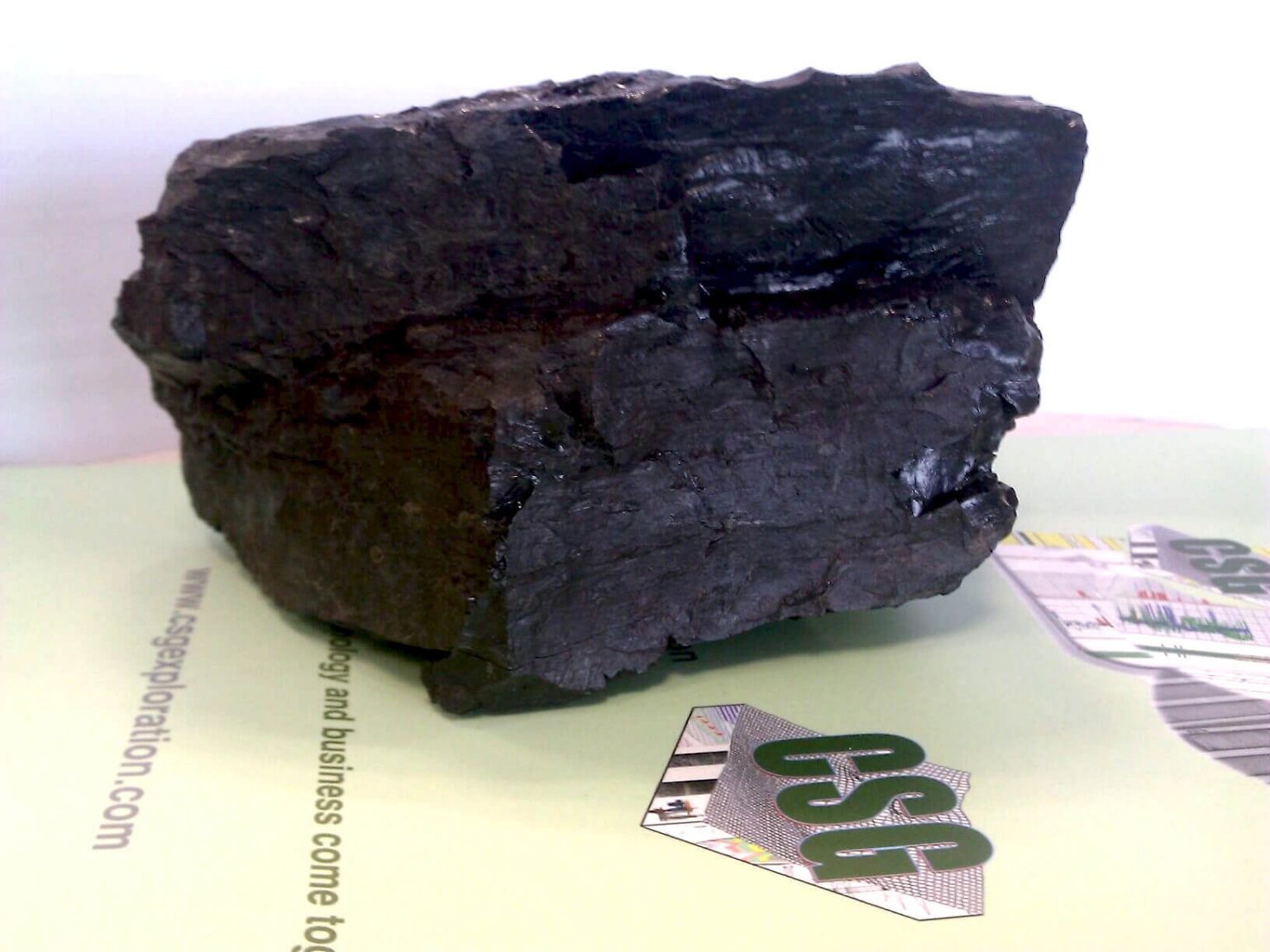
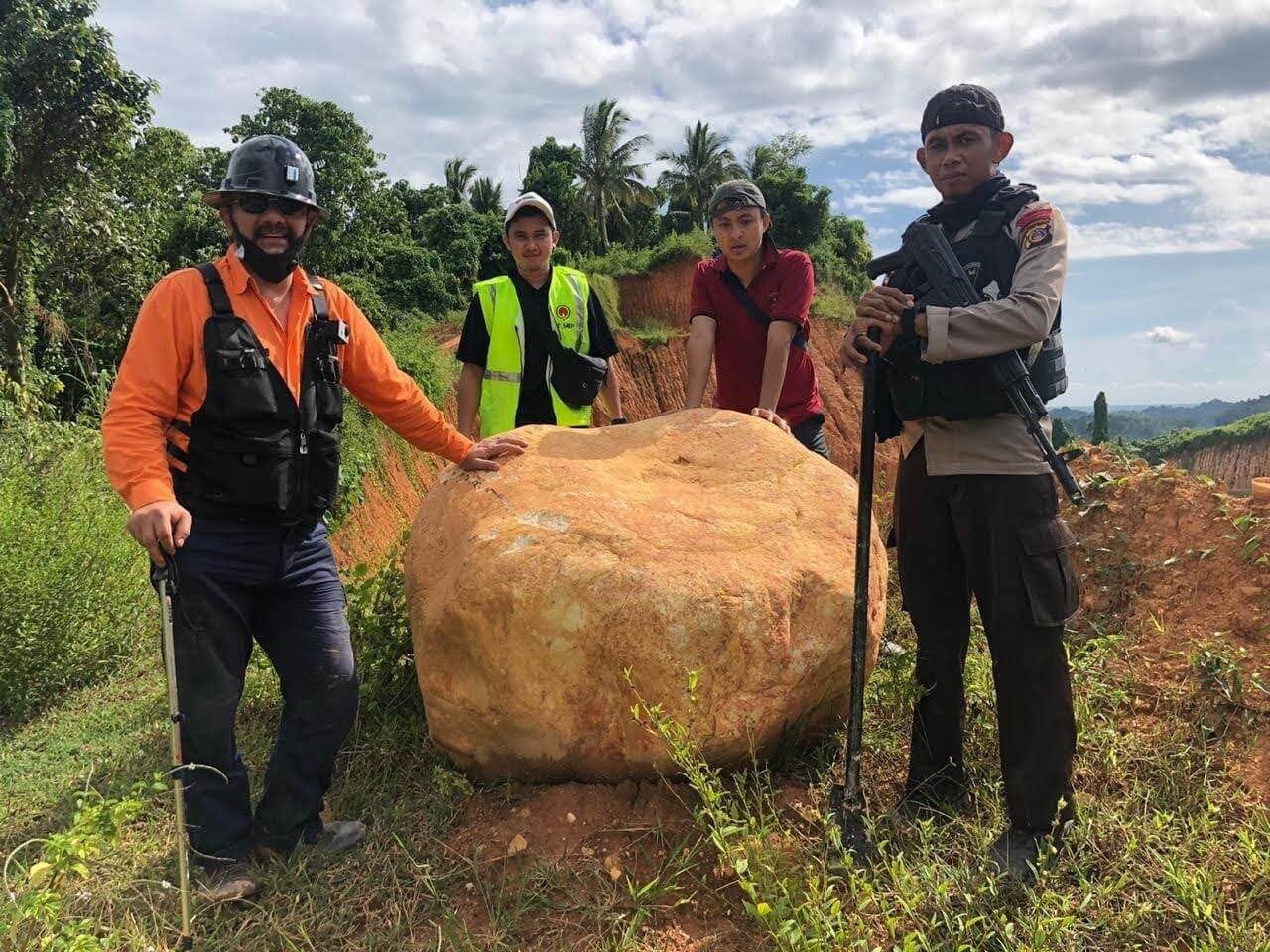



SERVICES
JORC Compliant Reporting Services
CSG and its associates have extensive experiences in Code Compliant Resource report preparation and writing. Code compliant reports have been prepared for private and ASX listed companies, investors and financial institutions. Estimates of coal resources depend directly on net-coal thickness, coal density, and ash yield, and indirectly on coal rank, structure, hydrogeology, and topography. The term “net coal thicknesses refers to the cumulative thickness of strata classified as coal.
The assumptions are based on the level of confidence in accordance with the existing data in the prospect. JORC (2012) defines a Mineral Resource as a “concentration or occurrence of solid material of economic interest in or on the Earth’s crust in such form, grade (or quality), and quantity that there are reasonable prospects for eventual economic extraction” .
Ore Reserves are the economically exploitable portions of the Mineral Resource based on a set of assumptions (Baldwin et al, 2014). These assumptions include mining, processing, metallurgical, infrastructure, economic, marketing, legal, environmental, social and governmental factors (JORC, 2012).
The approach to estimate coal resources in the prospect, the area is to be divided into grids, assign clean coal thickness to each grid, and then calculate coal reserves for each grid. The coal reserve calculations are based on definitive polygonal resource estimation techniques over the extensive drill core and petro-physical database. CSG-EPS provides high level of data assessment and follow all engineering procedures in JORC Reserve/Resource Estimation Protocol.
All assumptions are based on coal seam correlation methodology and analogue coal seams. Especially coal depths and thickness are significantly important for accurate coal prospectivity assessments. In first stage, we build a coal inventory system for all data from the prospect area. The extent of the coals and their distribution across the prospect area should be well understood in reserve/resource analysis. Every seam thickness distribution should be assessed individually to produce thickness data and its variations.
Mineral Resources are classified as either Measured, Indicated or Inferred based on geological knowledge and confidence. Based on these confidence levels, only a Measured Resource can be converted to a Proved Reserve and Indicated Resource can be converted to a Probable Reserve as outlined in the JORC code. Where the Modifying factors are not known with sufficient confidence a Measured Mineral Resource may only be converted to a Probable Reserve.
A block model is a simplified representation of an ore body and its surrounding geological formations that can be assumed as a stack of computer-generated units that represent small volumes of rock-strata in a deposit. Each unit or cell contains estimates of data, such as element grade, density, geochemical parameters and other geological or engineering specific values. The most common block model types used in the mining industry are Datamine, Vulcan, Surpac, Micromine and MineSight.
There are a numbers of models to be used in Block Model simulation as follows:
- Inverse distance model
- Ordinary kriging model
- Linear vs non-linear model
- Multiple indicator kriging model
